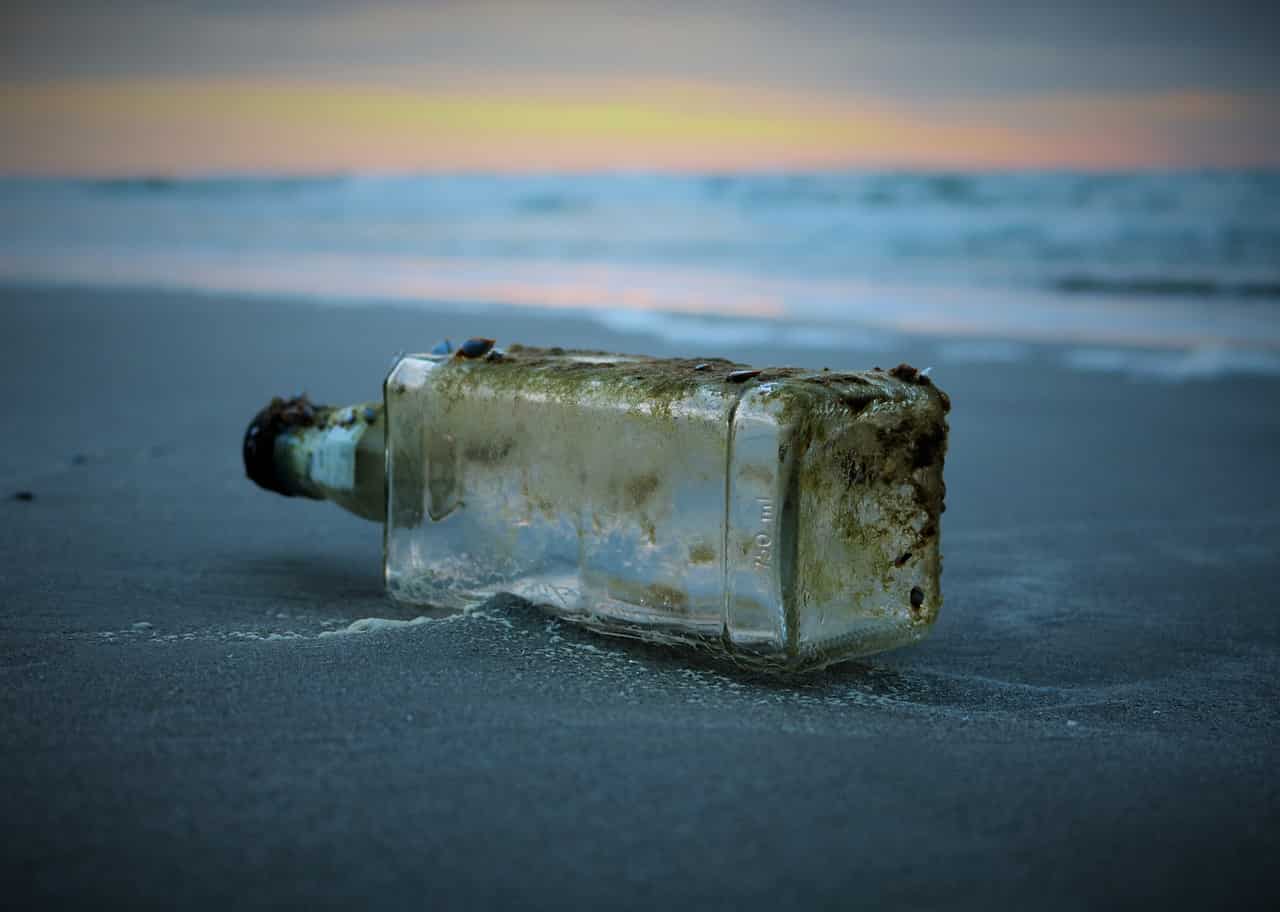
Ocean plastic pollution is one of the most pressing environmental issues of our time. It is a global problem that affects every corner of the oceans at even the deepest depths, from tropical waters to the frozen seas. This issue threatens marine life, human health and the global economy — and unfortunately, the problem is getting worse.
New research published in the open-access journal PLOS ONE by The 5 Gyres Institute analyzed a global dataset of ocean plastic pollution between 1979 and 2019 and found the amount of plastics in the ocean has increased at an alarming rate since 2005.
Knowing the amount of plastic in the oceans to date could give a crucial basis for combating this type of pollution. Past research has mostly concentrated on oceans in the northern hemisphere near the world’s most industrialized nations, while other research has indicated increases in ocean plastic over shorter time periods.
In this study, The 5 Gyres Institute researchers examined data on plastic pollution at the ocean surface collected between 1979 and 2019 from 11,777 stations in six maritime zones (North Atlantic, South Atlantic, North Pacific, South Pacific, Indian and Mediterranean).
After accounting for wind, site selection and sampling biases, the authors’ model revealed a considerable and rapid rise in the amount and dispersion of plastics in the ocean surface layer since 2005. In 2019, an estimated 82 to 358 trillion plastic particles weighing between 1.1 and 4.9 million metric tons were discovered. From 1979 to 1990, a relative lack of data hindered trend analysis. Between 1990 and 2004, plastic levels fluctuated without a discernible pattern, but have skyrocketed since then.
“There has been a tremendous growth in plastic production over the last decade,” Lisa Erdle, Director of Science and Innovation for The 5 Gyres Institute, told ZME Science. “An increase in plastic production also probably means more pollution, although we didn’t quantify that relationship in this study. There is also likely a lot of fragmentation of plastic that has been in the environment for a long time, and also of new plastic pollution. Over time, this plastic breaks into smaller and smaller particles. There is plastic in habitats and wildlife around the world. What hasn’t been recovered or sequestered in sediment has time to fragment and transport to the marine environment. “
Even though these results are biased towards trends in the North Pacific and North Atlantic, where the majority of the data was collected, it is believed that the rapid increase since 2005 reflects the global increase in plastic production or changes in waste generation and management.
Researchers project that the rate at which plastics enter our seas would increase by nearly 2.6 times by 2040 if there are no significant legislative changes. They demand immediate, legally binding worldwide policy intervention to mitigate the ecological, social, and economic damage caused by plastic pollution in aquatic environments.
“The exponential increase in microplastics across the world’s oceans is a stark warning that we must act now at a global scale, stop focusing on cleanup and recycling, and usher in an age of corporate responsibility for the entire life of the things they make,” said Marcus Eriksen, Co-Founder of The 5 Gyres Institute. “Cleanup is futile if we continue to produce plastic at the current rate, and we have heard about recycling for too long while the plastic industry simultaneously rejects any commitments to buy recycled material or design for recyclability. It’s time to address the plastic problem at the source.”
The United Nations Member States adopted a resolution to end plastic pollution at the fifth session of the United Nations Environmental Assembly in 2022. Eriksen said that existing international policies on plastic are fragmented, lack specificity and do not include measurable targets. Creating binding and enforceable international agreements focused on source reduction is the best long-term solution.
“We must implement solutions to prevent plastic pollution at the source,” Erdle said. “We know that upstream solutions, close to the source, are the most effective. We also need strong global policies that set measurable targets, and are enforceable. This is a global problem, and it requires a global response.



